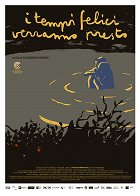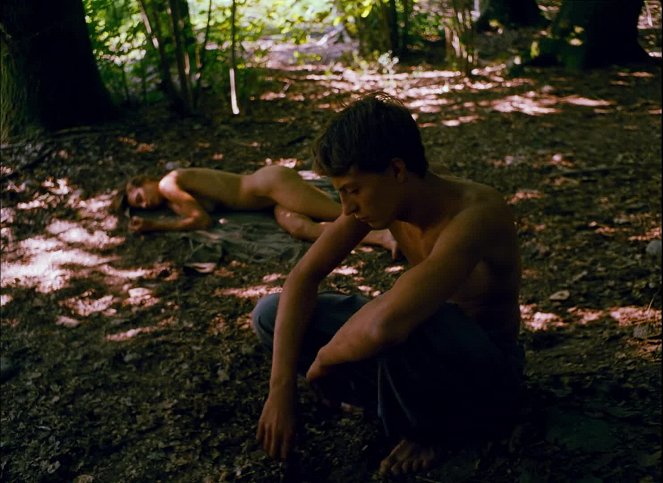Regie:
Alessandro ComodinKamera:
Tristan BordmannBesetzung:
Sabrina Seyvecou, Erikas Sizonovas, Luca Bernardi, Marco Giordana, Carlo Rigoni, Paolo Viano, Marinella Cichello, Santo GioffrèInhalte(1)
Arturo und Tomasso sind auf der Flucht und retten sich in einen dichten Wald. Sie beschließen, in der Natur zu bleiben. Perspektivenwechsel: Die junge Ariane lebt in einem kleinen italienischen Dorf. Eines Tages entdeckt Ariane ein Loch im Waldboden. Die zwei jungen Männer Arturo und Tommaso fliehen in die Tiefen eines Waldes. Hier, mitten in der Natur, bleiben sie und sichern sich ihr Überleben mit dem Jagen von Kleintieren. Doch die Zivilisation ist nicht weit und so finden die beiden bald in einem nahe gelegenen Häuschen ein Gewehr. Das bleibt nicht ohne Folgen … Perspektivenwechsel: Der Wald ist mittlerweile von zahlreichen Wölfen besiedelt. In einem kleinen anliegenden Dorf erzählt man sich das Märchen vom Mädchen und dem Wolf. Jeder hat eine andere Version, doch eines ist allen gemein: Die beiden sind sich begegnet. In dem kleinen Dorf lebt auch Ariane. Sie findet eines Tages ein seltsames Loch im Waldboden und gräbt es tiefer aus. Irgendwann erreicht sie eine unterirdische Höhle, die zu einem Wasserfall führt. Ist Ariane das Mädchen aus dem Märchen? Was erwartet sie hinter dem Wasserfall? Was geschieht, wenn Ariane dem Wolf begegnet? Kehrt sie wieder in ihre Welt zurück und wie ähnlich sind Menschen Wölfen tatsächlich? (arte)
(mehr)Videos (1)
Kritiken (1)
Inspired by Němec’s Diamonds of the Night, among other films, Happy Times Will Come Soon is a narrative experiment in which Comodin develops his specific cinematic language combining a realistic approach (depictions of the present moment) with the mythological (what happened/could have happened in the past). Like his debut, Summer of Giacomo, this film takes place almost entirely in a forest (primarily at night and at dusk, not in daylight). After the fictional introduction, there is an unanticipated jump in time and we are suddenly watching the documentary testimonies of villagers relating a legend about the wolves that once plagued the forest. The film then changes direction and its nature again and we watch young Ariane, portrayed by the only professional actress in the cast, who sets out into the forest, where she meets one of the young men from the first segment of the film and more or less becomes a player in the fairy tale whose retelling we heard in villagers’ accounts of the legend. Furthermore, her story plays out before the events in the introduction of the film (while the epilogue is set in an indeterminate future). The varying approach to genre holds us in a constant state of uncertainty about what we are actually watching and how much it has in common with reality. The boundary between film types and genres is thus thematicised. Is it a fairy tale? A reconstruction of actual events? Improvisation? The film does not respect any boundaries (time, genre or spatial), nor does it adhere to any known narrative formula, which causes it to be highly irritating as well as provocative and stimulating. As a result, it is not merely an escape into the forest, but also an escape from the conventions of film narrative. I can’t say if it’s a good film or not, but I enjoyed thinking about it in any case. 65%
()
Galerie (8)
Photo © Shellac Distribution


